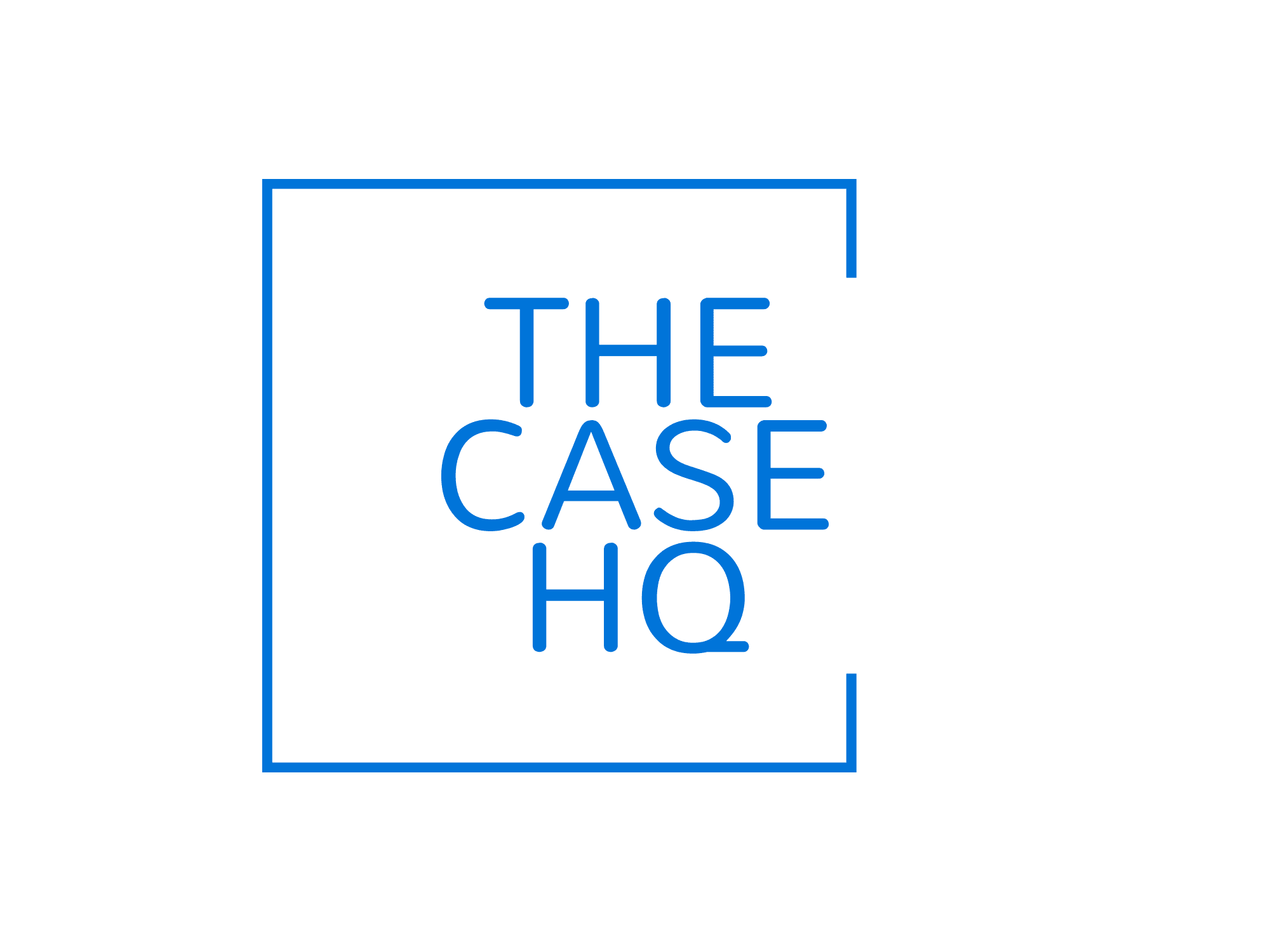Introduction: Executive Leadership Enters a New Era
The year is 2025, and artificial intelligence is no longer a tool, it’s a co-pilot in the executive suite. From strategic forecasting to real-time decision support, AI is changing what it means to lead. But this transformation isn’t just about technology adoption, it’s about redefining leadership itself.
Today’s executives must navigate AI governance, ethical decision-making, augmented intelligence, and cross-functional innovation. Those who succeed aren’t just reacting to AI, they’re strategically deploying it to unlock growth, resilience, and innovation.
This post explores how AI is reshaping executive leadership across industries, which roles are emerging in the C-suite, and the skills and mindsets future-ready leaders must develop.
1. From Visionary to AI-Literate Strategist
In the past, being a visionary leader meant seeing what others couldn’t. In 2025, it also means knowing how to work with AI to turn foresight into precision.
Old Model vs. New Model
| Traditional Executive | AI-Transformed Executive |
|---|---|
| Intuition-led strategy | AI-augmented insights |
| Quarterly planning | Real-time adaptive forecasting |
| Gut-based hiring decisions | AI-informed talent analytics |
| Manual risk assessment | Predictive risk modelling |
Leaders today must be AI-literate, not necessarily technical, but fluent in asking the right questions, interpreting outputs, and integrating insights into business action.
2. New Roles Emerging in the C-Suite
The modern leadership team now includes AI-focused roles that didn’t exist a decade ago. And traditional roles like the CFO, CHRO, and COO are evolving fast.
Key Emerging Executive Roles
- Chief AI Officer (CAIO): Oversees AI strategy, ethics, implementation, and ROI.
- Chief Data and Analytics Officer (CDAO): Drives data governance and predictive intelligence.
- Chief Innovation Officer (CINO): Combines tech trends with business opportunities.
- AI Transformation Lead: A cross-functional leader who ensures AI integration across departments.
These roles are not just IT extensions, they are strategic enablers of long-term competitiveness.
3. AI and Decision-Making: A Co-Leadership Model
AI is giving executives something they’ve never had before: augmented decision intelligence.
“AI doesn’t replace the decision-maker. It changes what the decision-maker can do.”
Executives in 2025 use AI to:
- Simulate market entry scenarios
- Model customer behaviour shifts
- Detect anomalies in supply chain and finance
- Score strategic options using AI-powered trade-off analysis
The result? Faster, more informed, and more accountable leadership decisions.
4. AI in Talent Strategy and Organisational Design
Leadership is also about people — and AI is helping executives rethink workforce planning, skills strategy, and team design.
Use Cases:
- AI-driven talent mapping: CHROs use predictive analytics to identify future leaders and skills gaps.
- Organisational network analysis (ONA): Reveals informal influence structures and collaboration dynamics.
- AI-assisted DEI initiatives: Identifies systemic barriers and enhances inclusion strategies.
- Performance intelligence platforms: Replace rigid KPIs with dynamic, behaviour-based insights.
This allows executives to build adaptive, inclusive, high-performance cultures.
5. Ethics, Governance, and Responsible AI Leadership
One of the biggest shifts in executive responsibility is the rise of AI governance and ethics.
Leaders are now expected to:
- Comply with regulations like the EU AI Act and ISO/IEC 42001:2023
- Ensure algorithmic transparency and fairness
- Build trust by explaining AI decisions to stakeholders
- Establish AI ethics boards within the organisation
Forward-thinking executives are not delegating this to legal or compliance alone, they are embedding ethical AI into corporate strategy.
6. Sector-Specific Executive AI Leadership
Let’s explore how this transformation is unfolding across key sectors:
Healthcare
- CEOs are leveraging AI for operational efficiency and population health analytics.
- C-suite leaders co-develop AI protocols with clinical teams to ensure ethical usage.
Retail
- CMOs use AI to personalise marketing at scale.
- COOs optimise supply chains with AI-powered demand prediction.
Government
- Executive leaders deploy AI in digital public services while upholding accountability.
- CIOs champion data transparency and public trust in AI systems.
Financial Services
- CFOs use AI to detect anomalies and assess risk scenarios in real time.
- CAIOs lead algorithmic fairness reviews in credit scoring and fraud detection.
7. Skills Every Executive Needs in the AI Era
Executives don’t need to be AI engineers — but they must master a new set of strategic competencies:
Core Executive AI Skills for 2025:
| Skill | Why It Matters |
|---|---|
| AI Literacy | Understand how AI works to lead with confidence |
| Change Leadership | Drive AI adoption through people, not just tools |
| Data Fluency | Interpret analytics for real-time decision-making |
| AI Governance | Embed compliance and ethics from the top down |
| Collaboration | Partner with tech, legal, HR, and operations seamlessly |
| Strategic Foresight | Use AI to simulate future scenarios and risks |
Many of these are covered in applied training like the Certified AI Business Strategist (CAIBS) program — built specifically for non-technical executives leading AI transformation.
8. Real-World Example: Leading AI at Scale
Case: UAE-Based Logistics Company
- Challenge: Inefficiencies in routing and warehouse forecasting.
- Executive Response: COO completed an AI leadership certification and implemented predictive route optimisation.
- Result: 25% reduction in delivery delays and a 19% increase in warehouse throughput.
“It wasn’t about knowing the algorithm — it was about knowing which questions to ask and how to align teams to AI-driven outcomes.”
9. Future Outlook: AI as a Leadership Multiplier
By 2030, executive leadership will be defined not just by vision, but by AI fluency, ethical stewardship, and data-informed agility.
Companies that thrive will be those where AI is:
- Strategically aligned
- Ethically deployed
- Human-led but machine-augmented
Executives who embrace this new model will not only future-proof their careers — they’ll reshape their industries.
Final Thoughts
AI isn’t replacing executive leadership — it’s transforming it.
Leaders who step up, learn the language of AI, and drive it from the top will create more inclusive, intelligent, and resilient organisations.
The question isn’t if you need to adapt. It’s how fast you’re willing to lead.
Visit The Case HQ for 95+ courses
Read More:
Is CAIBS Right for You? Eligibility & Readiness for the Certified AI Business Strategist Program
Curriculum Deep Dive: Every Module in the CAIBS Program Explained
Learning Outcomes from CAIBS: Real Strategic Impact for AI Business Leaders
Careers After CAIBS: Top 10 Job Roles for Certified AI Business Strategists
Certified AI Business Strategist: Real-World Impact Across Industries
Why CAIBS Is the #1 Choice for AI Business Professionals in 2025
Certified AI Business Strategist (CAIBS): Career ROI That Pays Off Fast



Responses